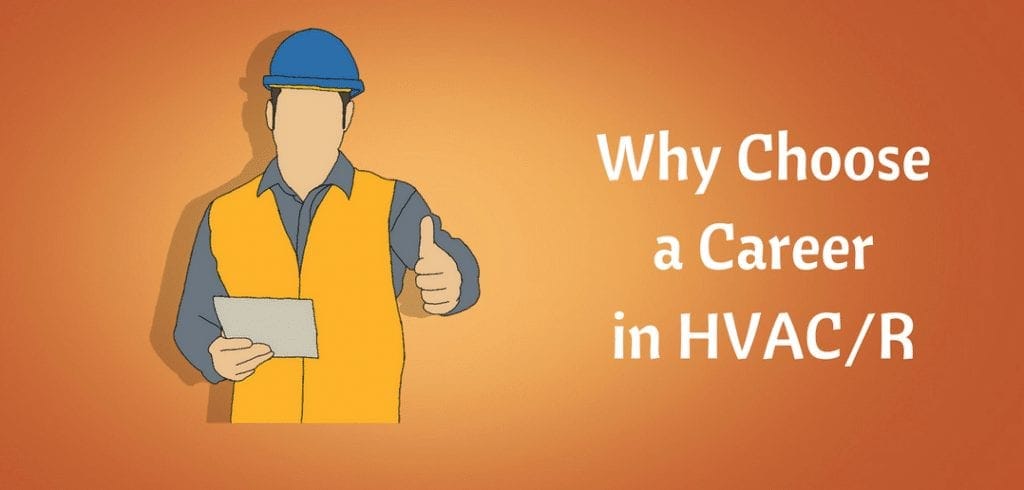Find Out How To Optimize The Efficiency And Life-Span Of Your Heatpump System By Preventing Standard Installation Errors
Find Out How To Optimize The Efficiency And Life-Span Of Your Heatpump System By Preventing Standard Installation Errors
Blog Article
Published By-Stuart Carson
When setting up a heat pump, you must steer clear of usual mistakes that could threaten its effectiveness. Forgeting appropriate sizing might bring about inefficiencies and greater energy prices. Disregarding insulation and securing could result in power wastage and pressure on the device. Furthermore, positioning the outdoor unit inaccurately may impact its efficiency. By avoiding these errors, you can ensure optimal operating and durability of your heatpump system.
Improper Sizing of Heat Pump
When it comes to the installation of heatpump, among one of the most typical errors is incorrectly sizing the device for your space. Making certain the appropriate size is critical for ideal performance. If the heatpump is also little, it will struggle to warm or cool your area effectively, bring about increased power expenses and possible deterioration on the unit.
On the other hand, if the heatpump is also huge, it will cycle on and off regularly, triggering temperature level variations and lowering its life-span.
To prevent this error, it's essential to have a specialist assess your area and advise the appropriate dimension of the heatpump based upon elements like square footage, insulation, ceiling height, and regional climate. By spending the moment and initiative to ensure the proper sizing, you can appreciate a comfy atmosphere while making the most of power performance and prolonging the lifespan of your heatpump.
Inadequate Insulation and Sealing
To ensure the efficient operation of your heat pump, it's essential to attend to insufficient insulation and securing in your area. Proper insulation assists keep a regular temperature level indoors, lowering the work on your heatpump. Poor insulation can cause power loss, making your heat pump job harder and less successfully.
Securing best ducted heating and cooling systems of voids or leakages in your room is just as essential. These voids enable conditioned air to leave and exterior air to permeate in, requiring your heat pump to compensate for the temperature fluctuations.
Incorrect Placement of Outdoor System
Addressing the positioning of your heatpump's exterior device is key to maximizing its efficiency. Installing the outdoor unit in a wrong place can cause performance issues and potential damages to the device.
One typical error to stay clear of is putting the outdoor unit also near to a wall or various other structures. This can limit airflow, triggering the unit to work tougher to warmth or cool your space, ultimately lowering its performance and lifespan.
One more mistake to steer clear of is putting the outside device in straight sunlight. While some sunshine is inescapable, too much exposure can cause overheating, especially throughout hot summer season days. It's finest to place the outdoor system in a shaded area to aid keep its optimal operating temperature level.
In addition, make certain that the outside system is positioned on a steady and level surface. Irregular ground can trigger vibrations and unneeded strain on the device, impacting its efficiency gradually.
Verdict
To conclude, avoiding common blunders throughout heatpump installation is crucial for making the most of performance and durability of your system. By ensuring correct sizing, appropriate insulation, sealing, and appropriate placement of the outside device, you can prevent concerns such as ineffectiveness, raised power bills, and pressure on the device. Making https://average-cost-to-install-h56555.blogginaway.com/31783368/a-comprehensive-guide-to-choosing-the-appropriate-heatpump-size-for-your-home to attend to these crucial factors will inevitably conserve you time and money in the long run.
